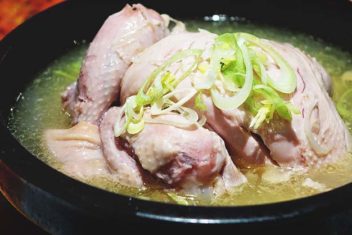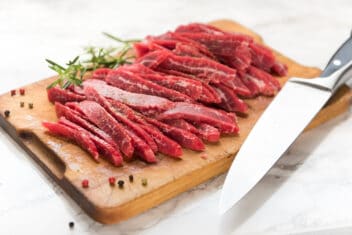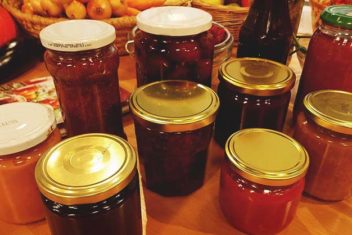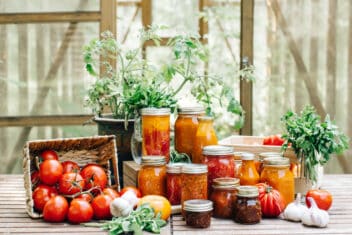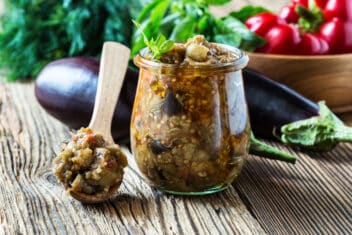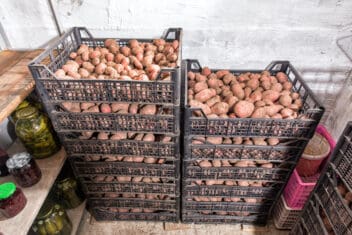For the first time in my life, I decided to grow endive in my garden.
It’s a challenge I’m excited to try, but despite all the information about growing endive and even about how to harvest this leafy green, there is a surprising dearth of information when it comes to preserving endive for long-term use.
As I began looking into this, I wondered dismally if it was simply not possible to preserve endive for use later on, especially after summer’s end.
Luckily, that’s not the case. There are plenty of ways you can preserve endive long after the harvest – and I’ll tell you about all the methods in this article.
Let’s do a quick recap of what endive is, which types we will discuss for preservation, and then the right way to harvest endive.
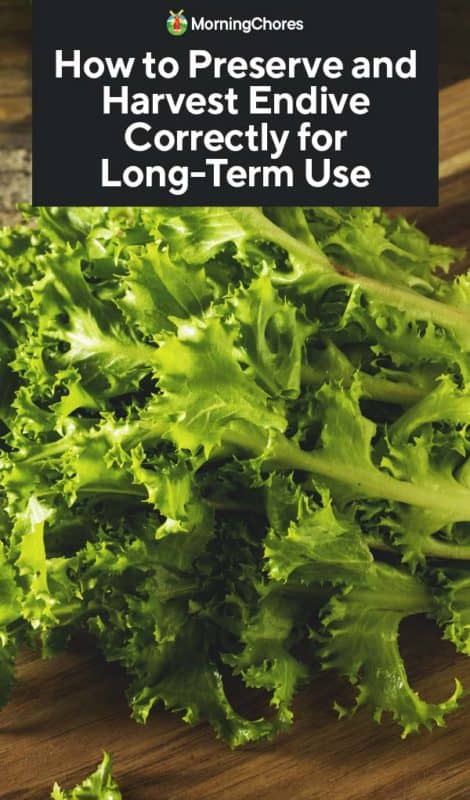
What Is Endive?
Endive is a member of the chicory family, closely related to other plants like radicchio, curly endive, frisee, and escarole. Curly endive is a term that is often used interchangeably with endive, so you’ll tend to see advice given for both types of plants (although they look quite different).
Regardless, the endive is a leafy green that has a crisp crunch and a delightfully nutty flavor. It tastes great in a salad, as it lends it a unique zest and a pleasant bitterness. It can be served both cooked and raw.
Endive can be difficult to grow as it’s a cool-season biennial grown as an annual. It is served as a salad green and develops a large rosette of pale green leaves that become greener as you work outward on the plant.
There are several types of endive plants, and there’s even a plant known as Belgian endive. This article will deal with the more common endive plants, escarole, and curly endive, rather than Belgian endive, which is a sprout of the chicory plant.
Harvesting Endive
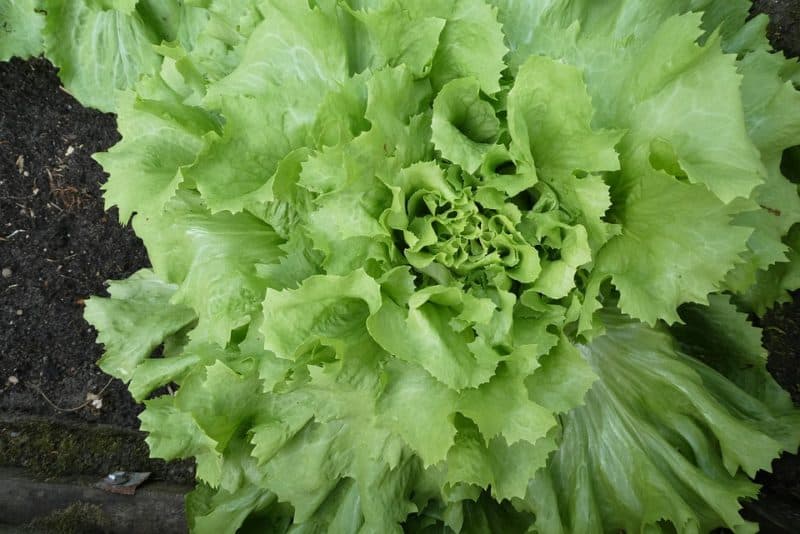
The best time to harvest endive is when the leaves are big enough to eat. While escarole and endive both mature around 60 days after sowing, you can often harvest leaves long before or after these dates.
Wait for one of these two indicators to appear that will let you know that your endive is ready for harvest:
The first sign is the appearance of leaves that are two to three inches long. Then second is the formation of a head that is solid and firm to the touch.
The best time to harvest endive will be in the late spring or early summer. It can also be harvested in the late summer or fall, but you’ll need to be mindful of growing conditions during these times.
Hot, dry weather is just as detrimental for endive as it is for similar crops, like lettuce and spinach. If the weather is going to be hot for a long period of time, you may want to harvest your endive (even if it’s a bit premature) to prevent it from becoming bitter.
Wait too long to harvest your endive, and you’ll have another problem on your hands – overmature endive sends up seed stalks in a process known as bolting.
(Read our post explaining plant bolting in detail.)
When you harvest, cut the entire head of the plant away from the roots. Do this just above the ground. Avoid pulling up the entire plant by the roots, as this can dirty the plant and is not needed.
Keep in mind that you can pull up the entire plant by the roots. This is really only ideal if you don’t plan on eating your endive right away and would rather store the entire head in your refrigerator.
By cutting the plant at the base instead, you will encourage regrowth on the plant in the ground. If the weather stays cool (but not freezing), the plant will actually put out new leaves. You can usually harvest these in a few more weeks.
If you don’t want to cut the entire plant, you can harvest it one leaf at a time. All you have to do is cut the older leaves of any size, ideally working from the outside of the plant in. This will allow the plant to continue growing without any kind of delay.
How Long Does Endive Last?
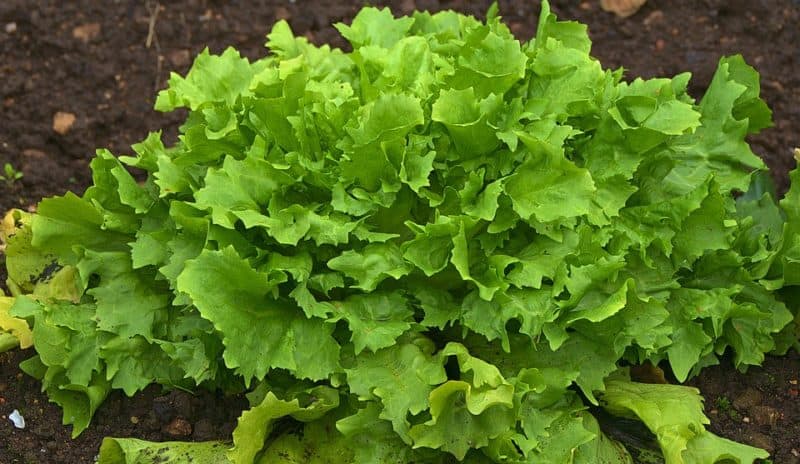
Endive lasts about two weeks in the refrigerator – depending on the care you took when harvesting it and how well it is preserved in your refrigerator.
If you don’t do anything besides wrapping it in a plastic bag, it will only last two or three days. However, if you follow the steps in detail below, you can extend its shelf life much longer.
Storing Endive for the Short-Term
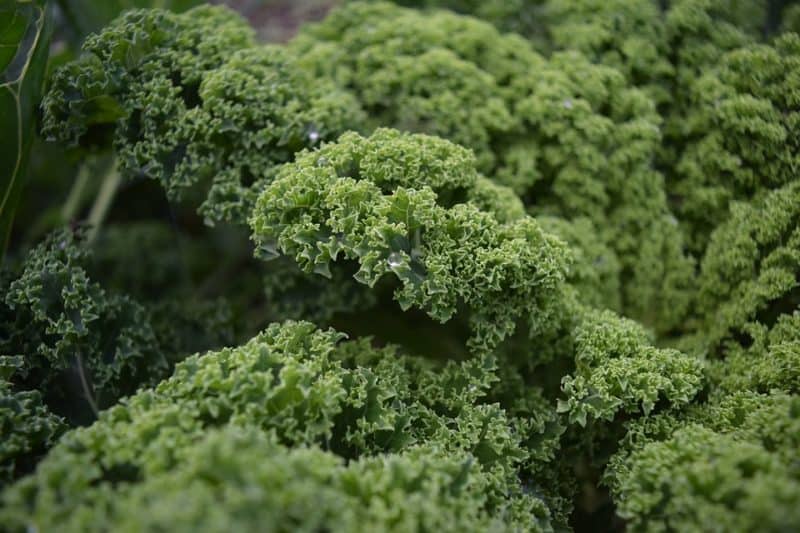
Storing endive can be a bit of a challenge, which is why it’s so difficult to find reliable information about how to do so! However, it can certainly be done. It’s much easier to do in the short-term.
Endive can be stored in any cold, somewhat moist location (like a refrigerator). Ideally, it should be kept at temperatures between 32 – 40°F at roughly 95% humidity. The leaves can be placed individually in the refrigerator or you can store the entire head intact.
When stored properly, the endive will last in the refrigerator for about two weeks. You can prolong this time by adding a bit of water to the container in which you store it.
This method only works well if you’re storing an entire head with its roots, as I mentioned before, and you can just stash the base with the roots in the water.
You don’t want to submerge all of the leaves. If you put the leaves in water, you will only end up with a soggy mess.
Whatever you do, don’t leave your endive out on the counter. It will become a hot, wilted mess that won’t be fun to eat.
Preserving Endive in the Garden
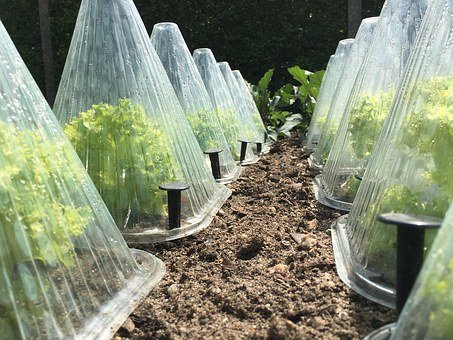
Beyond keeping endive in the refrigerator, there are plenty of other ways you can keep it for long-term use.
One of the easiest ways is to leave it in the garden and protect it with mulch. If you enjoy popping out to the garden for a quick harvest of endive here and there, you may want to surround your plants with a two- to three-inch layer of thick straw mulch.
The mulch will not only help the plant retain moisture during times of hot weather, but it will also preserve it long after the colder weather arrives. Endive can handle a light frost and relatively cold temperatures, but once they start to plummet further, your plant will be in trouble.
Surrounding your endive in mulch can help it last longer into the fall, which will ensure a continuous harvest when it should have long gone by.
Another option is to grow endive beneath a plastic growing tunnel or cold frame. These structures, again, will help keep your endive protected from heavy frosts and freezing temperatures. Many people grow endive long into the winter months with these structures. You can slip out to the garden any time to clip a few tender leaves of your endive plant.
Can You Freeze or Can Endive?
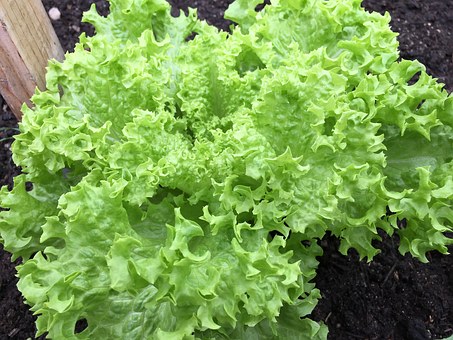
Luckily, you don’t have to eat to be limited to eating endive in the summer only.
The most common way to preserve endive is to stash it in a cold cellar. A cold cellar or root cellar will keep your greens fresh for a few weeks or even up to a month or two. You’ll just need to keep them misted with water in order to keep them fresh.
And what if you don’t have a root cellar, you might be asking?
One easy way to preserve endive is to freeze it. In fact, if you’ve ever enjoyed a classic winter soup like white bean and escarole, you can take comfort. Endive is an easy substitute for escarole, especially when it’s been frozen.
Blanch it before freezing it. You only need to blanch for about two or three minutes in hot water before dunking it into an ice water bath. The blanching won’t do much for the texture or flavor, but it will preserve the signature bright green color.
Stash it in a vacuum-sealed freezer bag for best results. You can also freeze it as you would cabbage. You can even dice it, blanch it, and freeze it in ice cube trays. Some people even grind it into a puree to be used in smoothies later on.
When thawed, endive can be used just like spinach. It gets a bit soft and somewhat mushy. However, it is still an excellent addition to things like soup, stews, pasta dishes, and stir-fries.
There is not a lot of information out there about whether endives are safe to can. Most people say to steer clear of this technique. There are no formal guidelines on how to do so safely. This is despite the fact that others argue it can be canned just like you would can spinach.
Since it freezes so well, though, there’s really no reason to resort to canning. You could also pop it in the dehydrator after adding some salt and olive oil. Endive chips, anyone?
Benefits of Preserving Endive
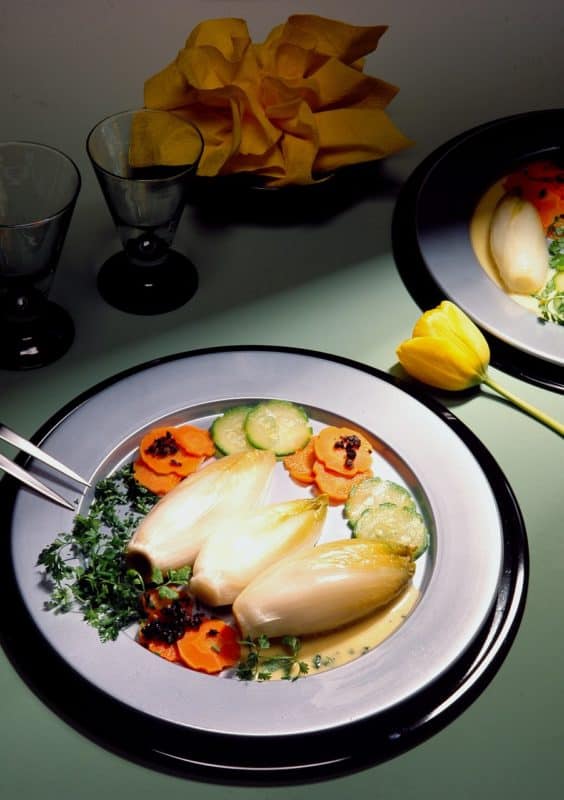
There is one super obvious reason to preserve endive. It can help get you through a long winter without any fresh, leafy greens!
Leafy greens like endive present a whole host of health benefits, including a reduced risk of obesity (since it’s high in fiber and low in calories) and heart disease (due to its folic acid content). See this comprehensive article regarding Endive Nutrition and Health Benefits.
You’ll love the taste, too!
Plus, even if you don’t like the results after freezing your endive, you do have one more option. Do you raise chickens or pigs? If so, they will definitely be grateful for some bright green vegetables in the dead of winter.
So freeze away, even if you don’t know what the end results will bring. Your well-fed livestock will thank you in the middle of February!



